What if NGOs, community leaders, businesses, and a nation’s government worked together to conserve protected areas?
In Belize, this is more than just a hopeful wish.
Since 1984, Belizean stakeholders have worked together to protect the natural environment under an ad hoc agreement known as “co-management.”
But recently, these efforts were further formalised by the Government of Belize under a new Protected Areas Co-management Framework.
In doing so, it was yet another signal of Belize’s embrace of public-private partnerships that ensure the ecological integrity and long-term permanency of the country’s natural environment.
As of March 16, 2023, a total of 16 of 36 site agreements have been signed and will be managed under the new framework.
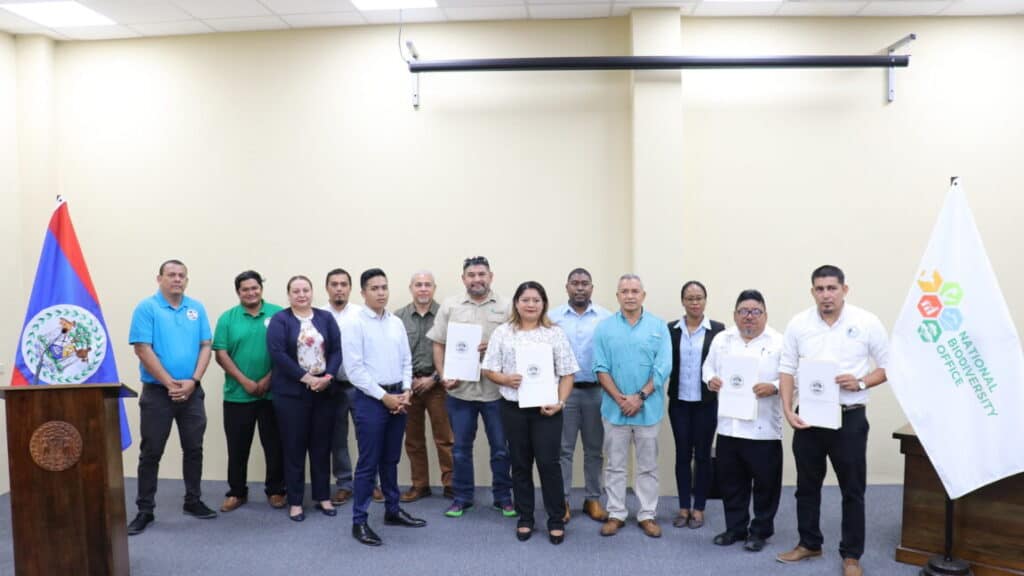
Conservation in Belize
To date, almost 40 percent of Belize’s land mass has been protected in some way and co-management partners have been at the forefront of these efforts.
Though Belize is roughly the same size as the US state of New Jersey, there are 103 protected areas under its vast National Protected Areas System (NPAS).
These protected areas include forest reserves, nature reserves, national parks, marine reserves, private reserves, wildlife sanctuaries, natural monuments, bird sanctuaries, spawning aggregation reserves, and archaeological reserves.
Belize’s Ministry of Tourism CEO, Nicole Solano, has said that over 60 per cent of all travellers visit at least one protected area while they’re in Belize.
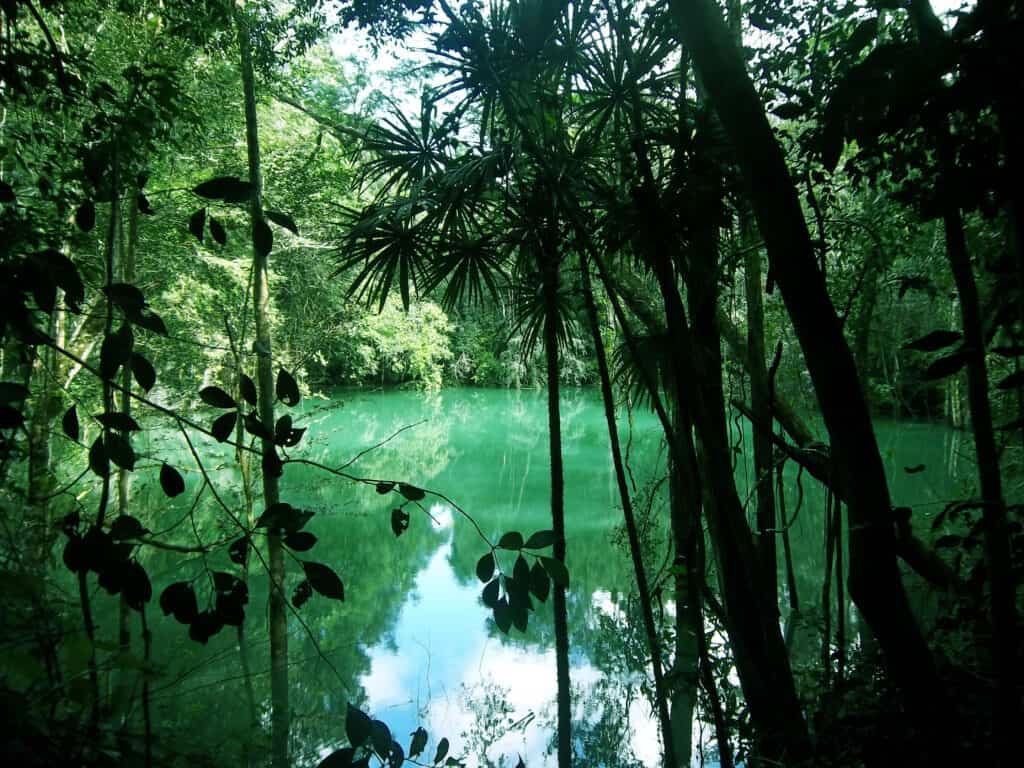
Unlocking Ecotourism To Fund Development
While Belize’s natural assets are a source of pride, they also form a substantial and vital part of the country’s economy.
Tourism contributes to an estimated 45 per cent of the country’s GDP – compared to the Caribbean average of 15.2% of GDP – and it is also used as a tool for funding the direct management of these parks, by way of entrance fees and more.
When leaving Belize, each visitor is charged a US$20 Conservation Fee as part of the country’s departure tax.
The revenue generated from these taxes contributes directly to the Protected Areas Conservation Trust (PACT) fund as their primary financing.
No less than 5 per cent of all revenues generated for PACT are deposited into an endowment fund.
Overtime, PACT evolved from a grant-funding mechanism into Belize’s accredited national implementing entity (NIE) of the Adaptation Fund.
PACT is the Caribbean’s second – and Belize’s first – National Direct Access Entity of the Green Climate Fund.
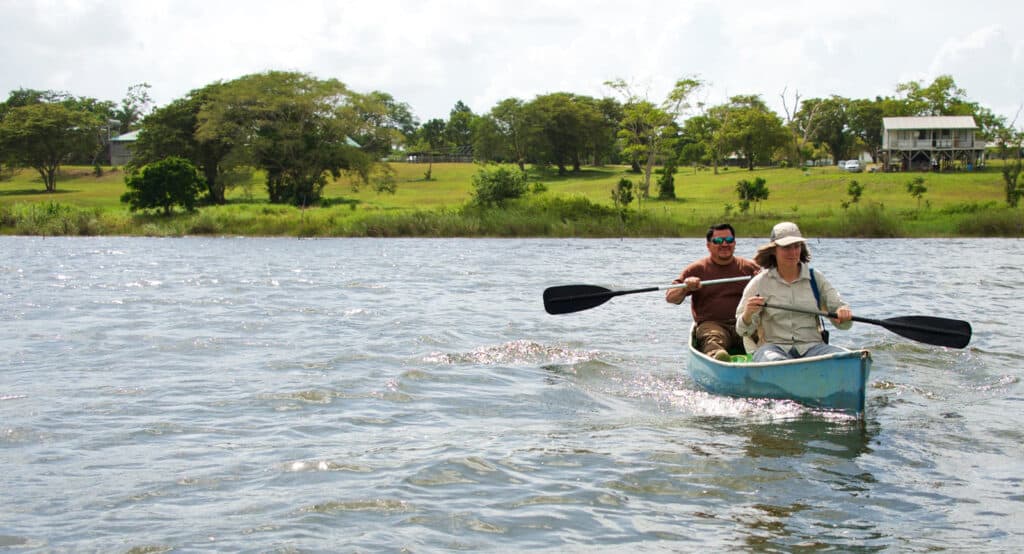
Building Capacity, Community Buy-In, and Expanding Protection
As conservation evolves, so do co-managers and their roles.
With the need to maintain the integrity of protected areas, co-managers are turning to flexible management practices such as scenario planning and adaptive management.
In addition to implementing regulations, co-management practices also include community welfare, biodiversity research, and the sustainable use of resources.
For example, conservation stalwarts like the Belize Audubon Society (BAS) go beyond with their co-management agreements.
The BAS has a biodiversity monitoring program in some of Belize’s most topologically biodiverse sites.
Other groups like the Friends for Conservation and Development meticulously guard the wilds of the Chiquibul National Park against illegal Scarlet Macaw poachers.
By September 2022 (the end of the Scarlet Macaw nesting season), a total of 24 macaws made it to the wild thanks to the 13 volunteers assisting in the arduous work and biomonitoring of the FCD Research Unit.
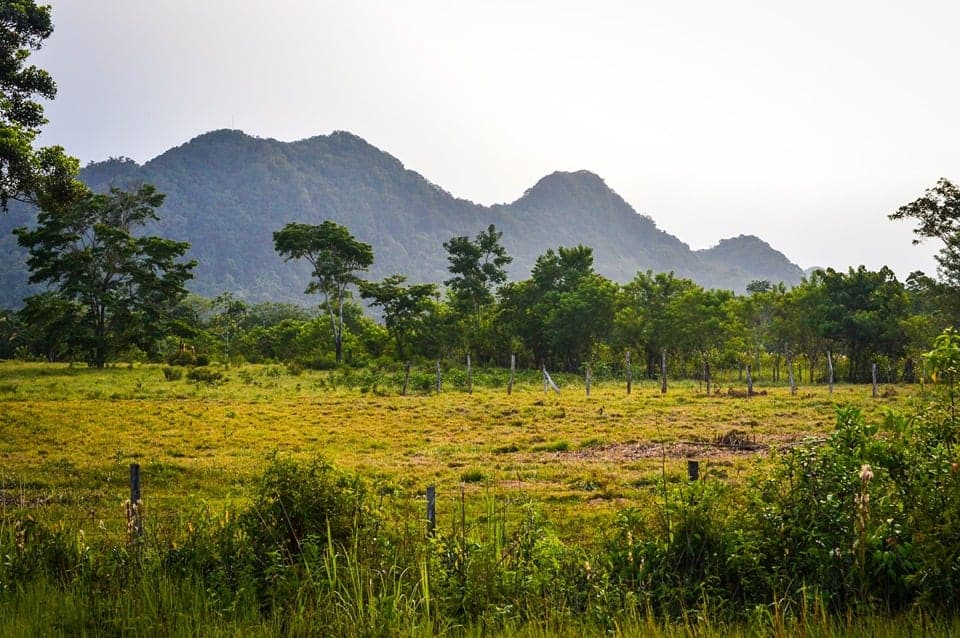
The success of co-management can be credited to its ability to weave local influence into government-based actions like enforcement, habitat monitoring, education, awareness and community participation.
But for peak optimisation, the different types of protected areas in Belize are all managed differently.
Marine Protected Areas (MPAs) are managed by the government through the Fisheries Department while national parks and wildlife sanctuaries are co-managed.
Additionally, each protected area has its own regulations which are implemented by the protected area manager.
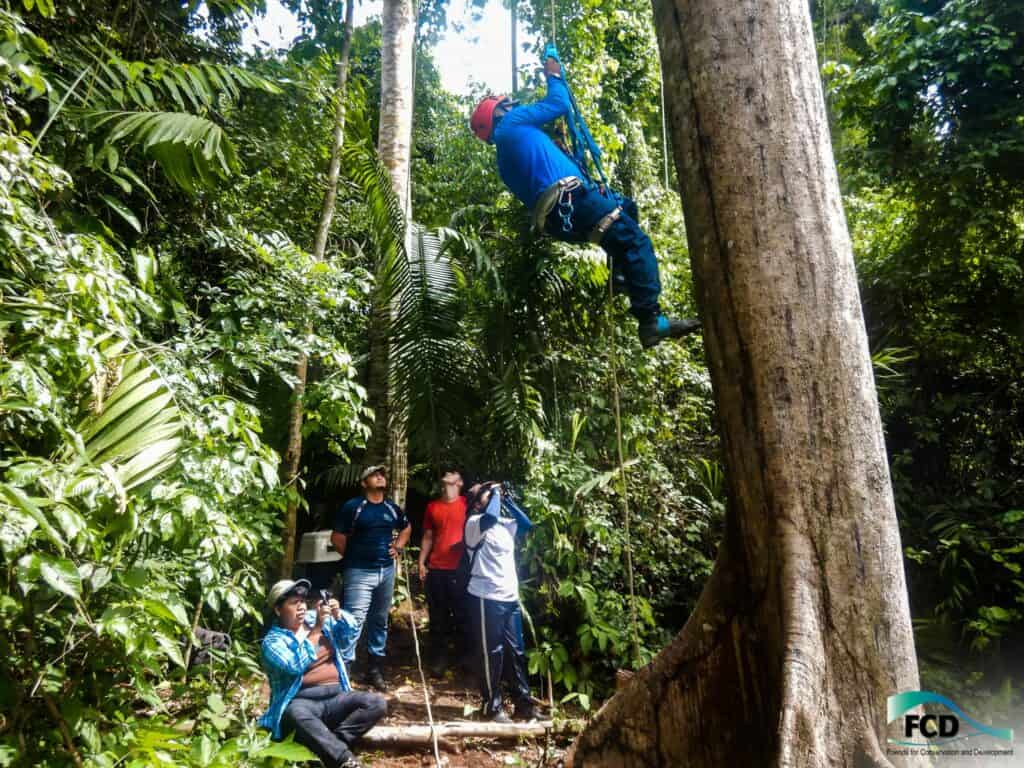
Belize’s transformation into a conservation giant
On December 1, 2022, the Ministry of Sustainable Development, Climate Change, and Disaster Risk Management officially entered into a formal public-private partnership with conservation partners like BAS.
The society is Belize’s oldest conservation non-governmental organisation with seven sites under their protection including the world’s first jaguar preserve and renowned Great Blue Hole.
The FCD also entered into a formal partnership.
The group is the co-manager of the Chiquibul National Park’s 423,000 acres of tropical forest.
Estimated to be four times the size of Barbados, the park is the largest protected area in Belize and houses the largest cave system in Central America.
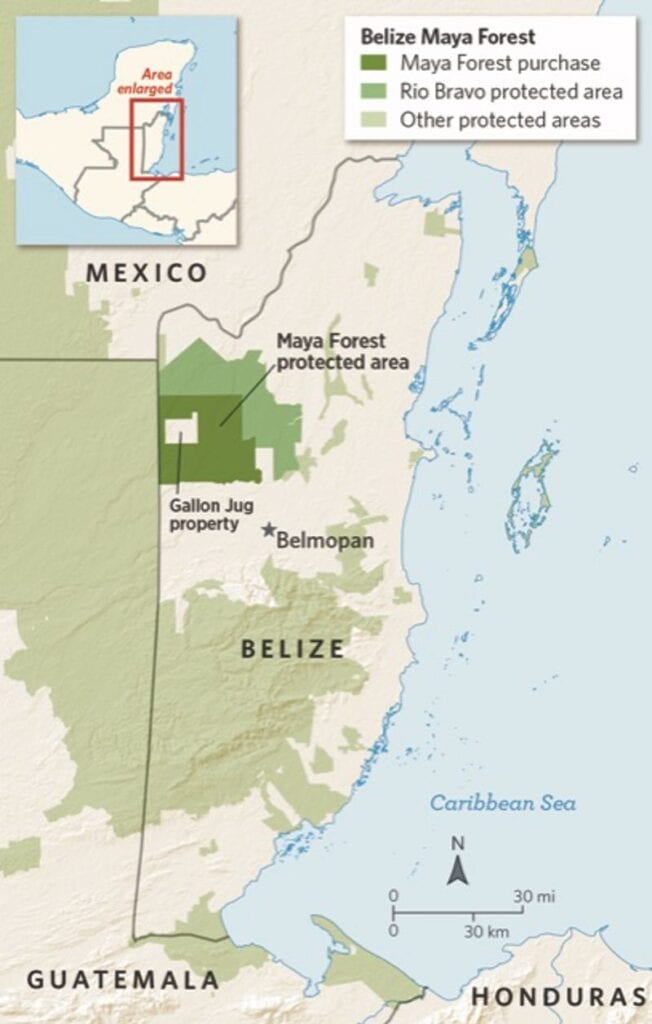
Recently, The Nature Conservancy (TNC) and its partners closed a $76.5 million deal to protect 236,000 acres of rainforest in northern Belize known as the Belize Maya Forest.
Together with the neighbouring Rio Bravo Conservation and Management Area – which TNC helped establish in 1989 – the forest will anchor an 11-million-acre network of protected land.
The BAS has been working with the communities in the Maya Forest since 1969.
Whether it’s the Maya Mountain Honey Group bee-keeping, or bird guiding inside high-priority Global Important Bird Areas (IBAs), the efforts have focused on building the capacity of local groups.
In doing so, it is hoped they can continue to sustainably manage their natural resources and reduce their socio-economic pressures by way of alternative livelihoods.
“We want to support the people who live in and around the site and embrace their role as responsible stewards. Their buy-in is a critical factor in that balance”
Amanda Burgos-Acosta, Executive Director of the Belize Audubon Society (BAS) says.
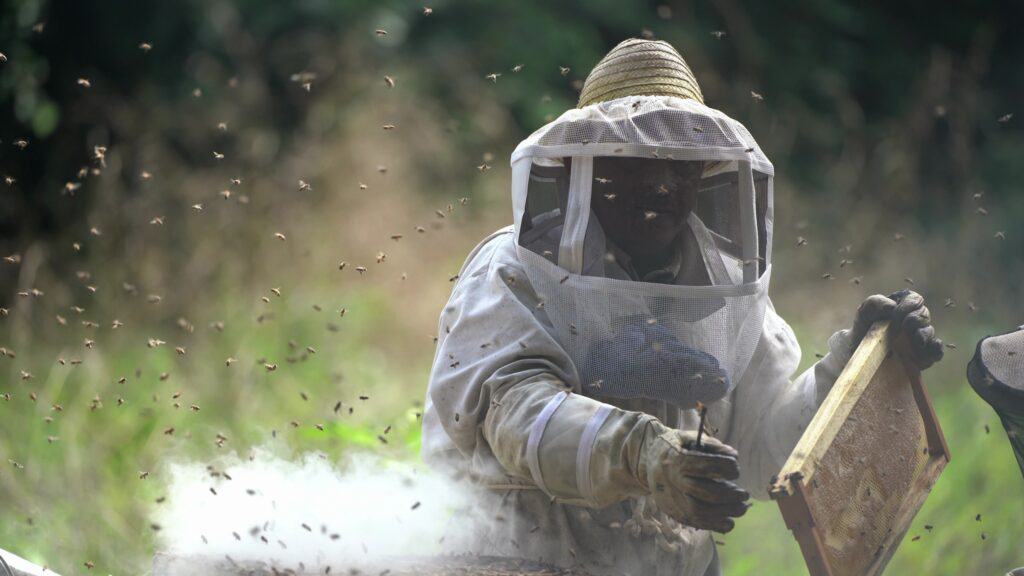
More than four decades since designating its first protected area under the National Park Systems Act in 1982, Belize continues to make substantial headway in the field of environmental conservation with policies that protect the wealth of the country’s natural assets.
No longer just a ‘gentleman’s agreement’, the co-management framework is a validation of the work of stakeholders both within and beyond the boundaries of parks.





